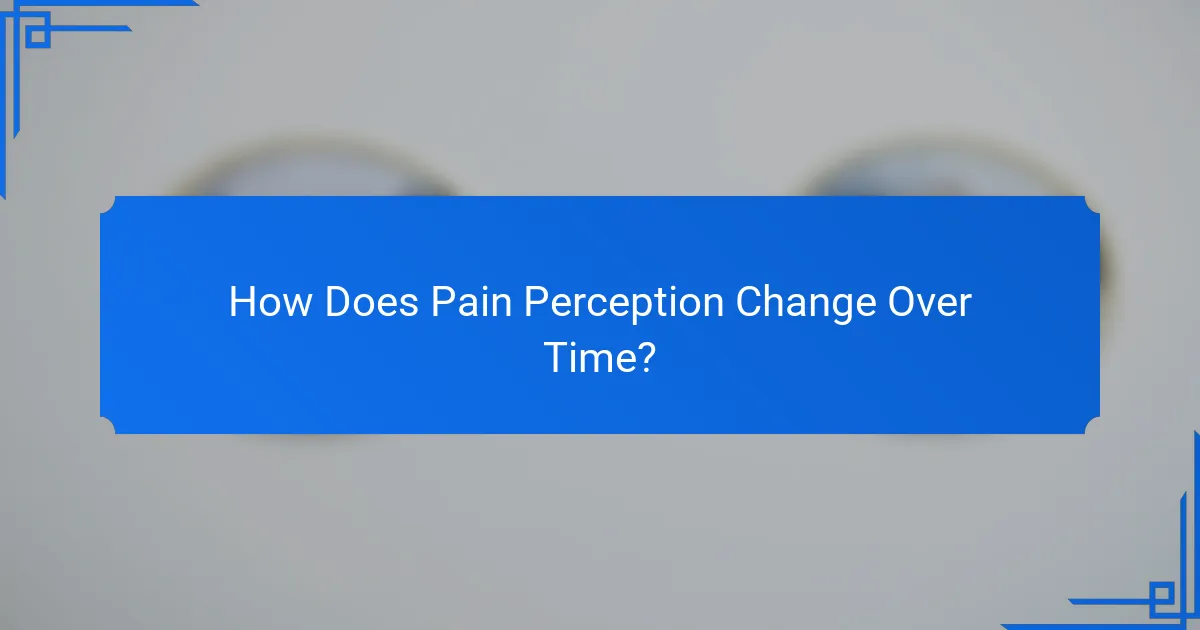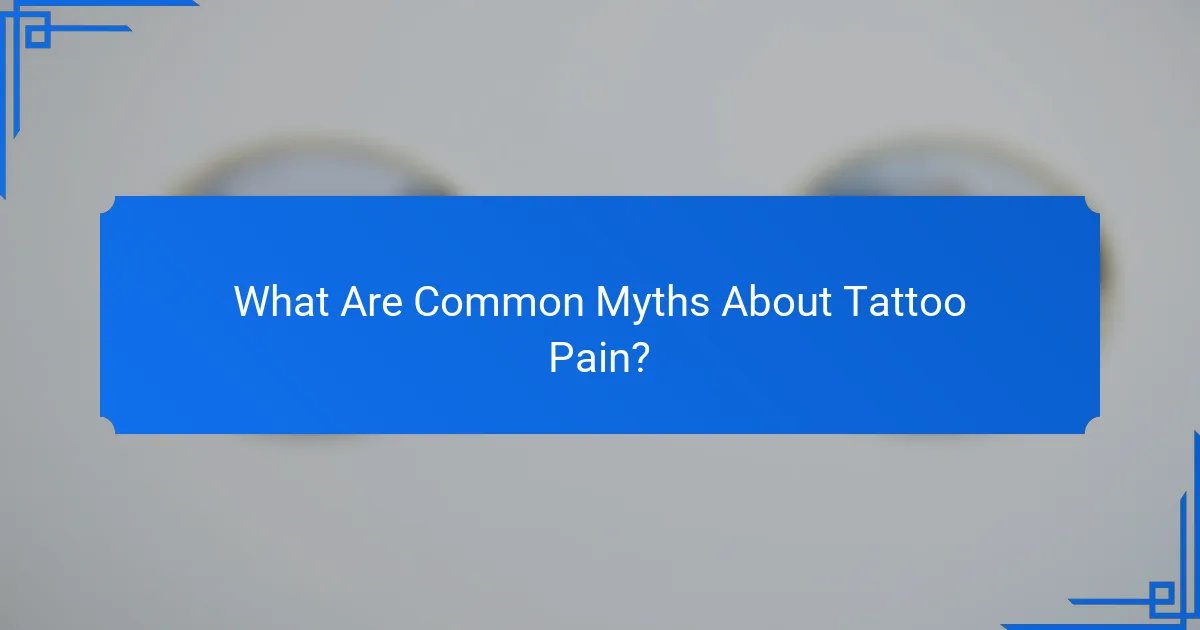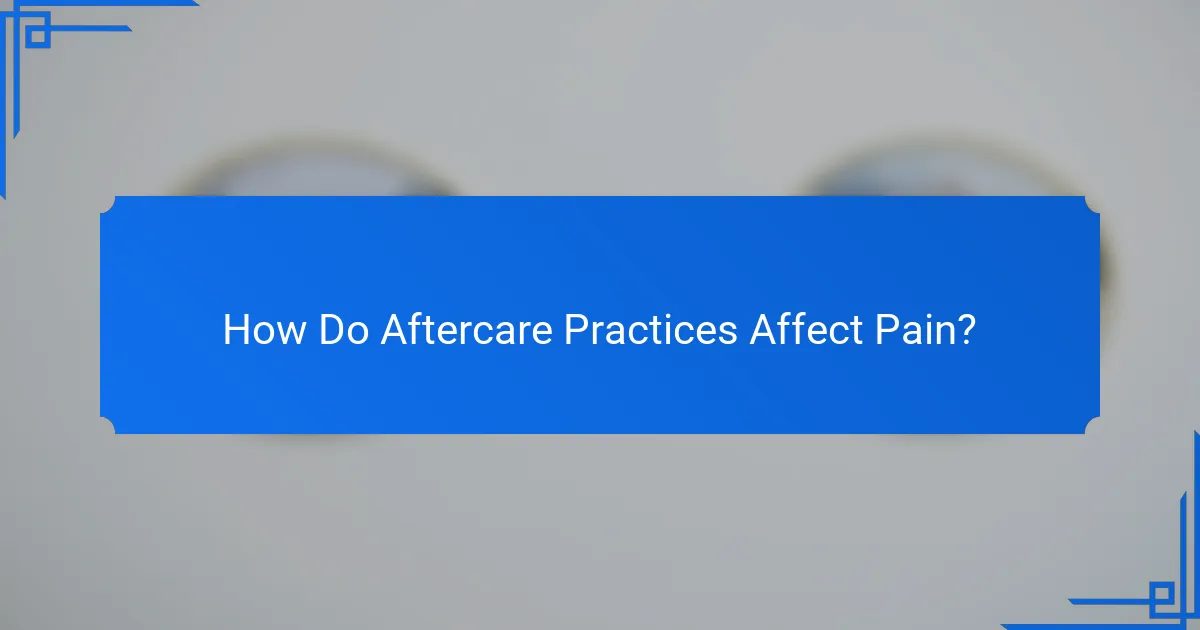For those considering their first tattoo, it’s important to understand that pain levels can vary widely depending on the tattoo’s location on the body. Areas with more flesh tend to be less painful, while spots with fewer muscles and more nerve endings may cause more discomfort. By being aware of these factors and exploring pain management options, beginners can better prepare for their tattoo experience and set realistic expectations for the process.

What Are the Pain Levels for Different Tattoo Locations?
The pain levels for tattoos vary significantly depending on the location on the body. Generally, areas with more flesh and muscle tend to be less painful, while regions with less padding and more nerve endings can be quite uncomfortable.
Low pain areas: forearm, thigh
Low pain areas, such as the forearm and thigh, are often preferred by beginners. These regions have a good amount of muscle and fat, which helps cushion the sensation of the needle.
Many people describe the feeling in these areas as similar to a light scratching or a mild sting. If you are new to tattoos, starting in these locations can make the experience more manageable.
Moderate pain areas: shoulder, calf
The shoulder and calf are considered moderate pain areas. While there is still some cushioning, these spots can be more sensitive due to the proximity to bones and nerves.
Expect a sharper sensation compared to low pain areas, often described as a more intense sting. It’s advisable to take breaks during longer sessions in these locations to manage discomfort effectively.
High pain areas: ribs, spine
High pain areas, including the ribs and spine, are known for their significant discomfort. These regions have little fat and are close to bone, making the tattooing process more painful.
Individuals often report a burning or sharp sensation in these areas, which can be challenging for first-timers. If you choose to get tattooed in these locations, consider preparing mentally and physically for a more intense experience.

How Can Beginners Manage Tattoo Pain?
Beginners can manage tattoo pain through various methods, including the use of topical anesthetics and distraction techniques. Understanding these options helps in reducing discomfort during the tattooing process.
Topical anesthetics: numbing creams
Topical anesthetics, such as numbing creams, can significantly reduce pain during a tattoo session. These creams typically contain lidocaine or similar ingredients that temporarily block nerve signals in the skin.
When using a numbing cream, apply it about 30-60 minutes before your appointment for optimal effect. Follow the product instructions carefully to avoid any skin irritation or adverse reactions.
Keep in mind that while numbing creams can help, they may not eliminate all sensation. Some tattoo artists may prefer not to work with clients using these products, so check with your artist beforehand.
Distraction techniques: music, breathing
Distraction techniques can be effective in managing tattoo pain by shifting focus away from the sensation of the needle. Listening to music or engaging in deep breathing exercises are popular methods that many find helpful.
Creating a playlist of your favorite songs can enhance your mood and help you relax during the session. Alternatively, practicing deep breathing—taking slow, deep breaths—can calm your nerves and reduce perceived pain levels.
Consider combining these techniques for better results. For instance, you might listen to soothing music while practicing deep breathing to create a more comfortable environment during your tattoo appointment.

What Factors Influence Tattoo Pain?
Tattoo pain varies significantly based on several factors, including individual skin sensitivity, the size of the tattoo, and the artist’s technique. Understanding these elements can help beginners prepare for their tattoo experience and manage expectations regarding discomfort.
Skin sensitivity: individual differences
Everyone has a unique pain threshold, which means skin sensitivity can greatly influence the experience of getting a tattoo. Factors such as genetics, hormonal levels, and even mood can affect how much pain a person feels during the process.
For instance, individuals with sensitive skin or conditions like eczema may experience more discomfort. It’s advisable for beginners to communicate their sensitivity levels with the tattoo artist to tailor the approach for a more comfortable experience.
Tattoo size: larger tattoos may hurt more
The size of a tattoo plays a crucial role in the level of pain experienced. Generally, larger tattoos require more time and detail, which can lead to increased discomfort as the needle works on the skin for longer periods.
Smaller tattoos may be completed in a matter of minutes, often resulting in less pain. Beginners should consider starting with a smaller design to gauge their pain tolerance before committing to a larger piece.
Artist technique: experience level
The technique and experience level of the tattoo artist can significantly impact pain levels. Skilled artists often have a better understanding of how to minimize discomfort through their approach, including needle depth and speed.
Choosing an experienced artist can make a difference in the overall experience. Beginners should research artists, read reviews, and consult with them beforehand to ensure they are comfortable with their technique and style.

What Should You Expect During a Tattoo Session?
During a tattoo session, you can expect a range of sensations, primarily involving pain and discomfort. Understanding these sensations can help you prepare mentally and physically for the experience.
Initial discomfort: brief sharp pain
At the start of the tattoo process, many beginners report a brief, sharp pain as the needle first makes contact with the skin. This initial discomfort can feel similar to a quick pinch or scratch.
The intensity of this pain often depends on the tattoo’s location on the body. Areas with more nerve endings or less flesh, such as the ribs or wrists, may feel more painful initially compared to fleshier areas like the upper arm or thigh.
Endurance: pain may fluctuate
As the tattoo session progresses, the pain may fluctuate, often becoming more bearable as your body adjusts to the sensation. Some people find that their pain tolerance increases over time during the session.
However, it’s important to be aware that certain factors, such as fatigue, anxiety, or the tattoo’s complexity, can cause pain levels to rise and fall. Taking breaks and communicating with your tattoo artist about your comfort can help manage these fluctuations effectively.

How Does Pain Perception Change Over Time?
Pain perception during tattooing can evolve significantly from the initial experience to the healing phase. Initially, the sensation may be intense, but as one becomes accustomed to the process, the perception of pain can diminish over time.
Initial pain vs. healing process
The initial pain of getting a tattoo varies based on the individual’s pain threshold and the tattoo’s location on the body. Commonly, areas with more flesh, like the upper arm, may feel less painful than bony areas, such as the ribs or spine. Many beginners report a sharp, stinging sensation that can last throughout the session.
During the healing process, the pain typically shifts from sharp to a dull ache or itchiness as the skin recovers. This phase can last several days to weeks, depending on the size and intricacy of the tattoo. Proper aftercare, including moisturizing and avoiding sun exposure, can help minimize discomfort during healing.
Long-term sensitivity: adapting to pain
Over time, individuals often adapt to the pain associated with tattoos, leading to a decreased sensitivity during subsequent sessions. Many tattoo enthusiasts report that their pain tolerance increases with experience, making future tattoos feel less intense.
However, it is essential to recognize that long-term sensitivity can vary by individual. Factors such as stress, fatigue, and overall health can influence pain perception during tattooing. Staying relaxed and well-rested before an appointment can help mitigate discomfort.

What Are Common Myths About Tattoo Pain?
Many people have misconceptions about tattoo pain that can influence their decision to get inked. Understanding these myths can help beginners prepare for the experience and manage their expectations.
Myth: Tattoos are always extremely painful
While tattoos can be uncomfortable, the level of pain varies significantly based on several factors. The location of the tattoo, the individual’s pain tolerance, and the size of the design all play a role in the experience. For instance, areas with more flesh, like the upper arm, tend to hurt less than bony areas, such as the ribs or spine.
Many first-timers report that the pain is manageable and often less intense than they anticipated. It’s common to describe the sensation as a scratching or buzzing feeling rather than excruciating pain.
Myth: Pain is the same for everyone
Pain perception is highly subjective, meaning that what feels painful to one person might be tolerable to another. Factors like individual pain thresholds, previous experiences, and even mental state can influence how one perceives tattoo pain. For example, someone who is anxious may feel more discomfort than someone who is relaxed.
Additionally, the type of tattoo and the skill of the artist can affect the pain level. A skilled artist can work efficiently, which may reduce the overall discomfort during the session. It’s important for beginners to communicate with their tattoo artist about any concerns regarding pain.

How Do Aftercare Practices Affect Pain?
Aftercare practices significantly influence pain levels during the tattoo healing process. Proper care can minimize discomfort, reduce the risk of infection, and promote faster healing.
Proper aftercare reduces irritation
Effective aftercare helps to soothe the skin and lessen irritation, which can otherwise heighten pain sensations. Keeping the tattoo clean and moisturized is essential; this prevents scabbing and excessive dryness that can lead to discomfort.
Use a mild, fragrance-free soap to gently cleanse the area, followed by a thin layer of a recommended healing ointment or lotion. Avoid products with alcohol or strong fragrances, as these can exacerbate irritation and pain.
Follow recommended healing times
Adhering to the recommended healing times is crucial for minimizing pain. Typically, a tattoo will take about 2-3 weeks to heal on the surface, but deeper layers may take longer. During this period, it’s important to avoid picking at scabs or exposing the tattoo to excessive moisture.
Respecting the healing timeline allows your body to recover properly, which can significantly reduce pain and discomfort. If irritation persists beyond the normal healing period, consult a professional tattoo artist or a healthcare provider.
Avoid sun exposure and soaking
Sun exposure and soaking can lead to increased pain and irritation during the healing process. Direct sunlight can cause the tattoo to fade and become inflamed, while soaking in water can introduce bacteria that may lead to infection.
Keep your tattoo covered when outdoors and avoid swimming pools, hot tubs, or long baths until it has fully healed. This proactive approach helps to maintain the integrity of the tattoo and minimizes pain associated with irritation or infection.


